To insert some colour between two planets, and because it’s the season, a tale of extracting colour out of the same flowers on different occasions.
Wallflowers (Erysimum cheiri, formerly Cheiranthus cheiri) were first brought to my attention by an ink recipe1 while I was researching for my book Inks & paints of the Middle East:
صفة الحبر الريحاني: يؤخذ الخيري الاحمر فيجعل فيه ربع رطل ماء ويلقى في الهاون ويدق حتى يمتزج بعضه ببعض ثم يصفى في إناء ويلقى في زجاجة ويوضع عليه اللكّ فإنه جيد صافي
Aromatic ink recipe2: Take red wallflowers, put them in half a ratl water in a mortar and pound them until well blended. Decant, transfer to a glass jar and add lac. It is a good clear [colour]."
This intrigued me and I started noticing wallflowers in gardens around me, wondering how I could get my hands on some (without becoming very unpopular in the neighbourhood, that is). As it happened, I planned a hike but got the wrong train and was deposited a couple of miles away from my desired starting point. It was while walking that unplanned stretch of canal that I stumbled upon a feral patch of red wallflowers… I should add that this happens to me exactly this way more often than not!
My expectations were low, because at that point I had not come across any flowers that produced a good red. This was partly due to the nature of flower pigments (or biochromes as I prefer to call them) but also because I didn’t know then that some flowers required a particular extraction technique.
Based on this recipe, I put the flowers in a mortar and covered them with water. When I started braying, I was shocked.
A lot of good, strong red was released. By this time I had been testing plant colours for almost a full year, but I had never seen anything like this.
I tested this on paper, expecting the red to be severely affected by the paper surface as flower reds usually are, but it wasn’t! For the first time ever, I had a proper flower red.
Once I had worked out the best way to extract this precious colour, I was able to make a small batch each year (as its shelf life isn’t much more than that). This is the red I used for the scrolls in the background of the manuscript below, as well as the red medallions.
And yet this flower isn’t quite so straightforward as that…
A few days ago I noticed a patch of wallflowers growing on the sidewalk near me. It was my chance to take photos3, so I brought a small bunch home.
While I was at it, I processed them to see what colour would come out of them. I had already had surprises: there are so many varieties of Erysimum cheiri, and their biochromes differ. I got incredibly lucky with my first find in that they were exactly the variety that produced red, and/or at the right stage of growth.
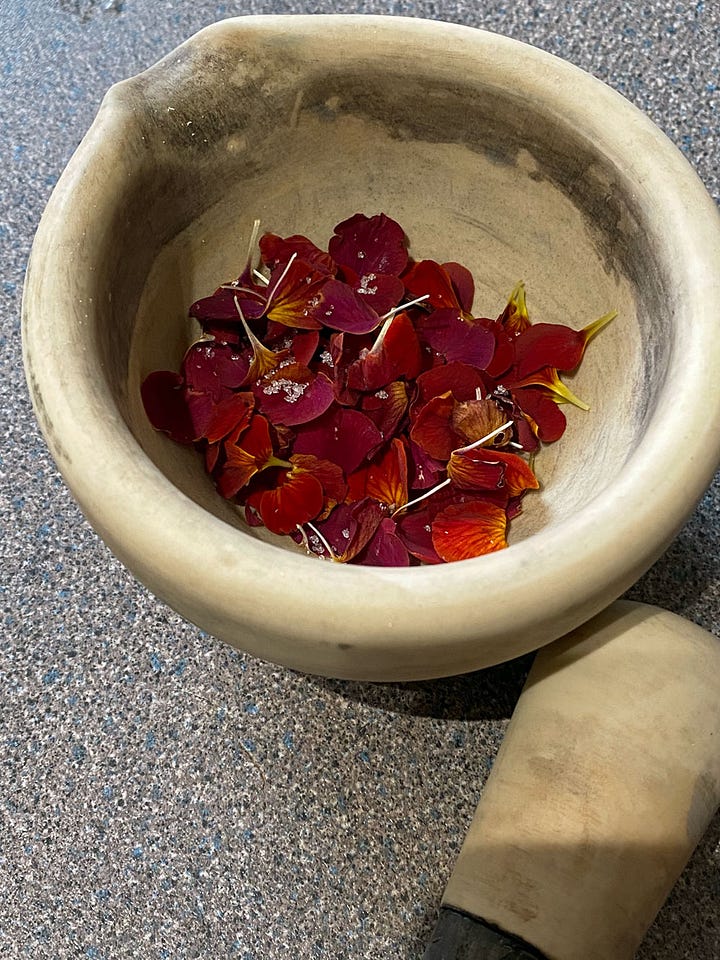
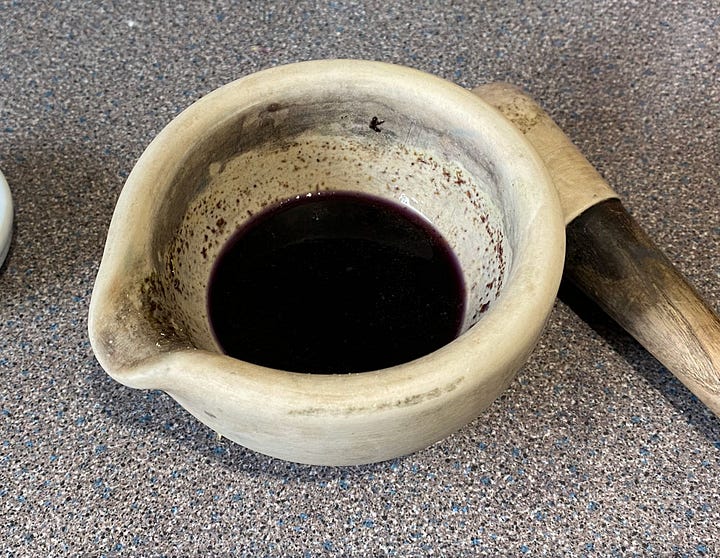
It was clear as soon as I crushed this bunch, that these were not going to be a red type…
The greenish liquid turned purplish when dry, but I knew by this point that I had a green ink on my hands.
As indeed it turned out to be! But it’s quite a handsome green, and that is as rare as a good red, so I’m not complaining.
Yesterday I gathered a few more wallflowers from the gardens of Merton College in Oxford, where I’ll be taking up a Visiting Research Fellowship in October! Until then, I’m preparing a stock of colours gathered from the grounds, to be used in the project I’m taking up in autumn. What will it be this time, red or green?…
Source: an Arabic edition of the eleventh-century ‘Umdat al-Kuttāb, attributed to the Tuisian ruler Ibn al-Badis. As I’ve started my own transcription and translation, I’m finding that most modern editions are not actually based on the original text. Until I’ve completed that work and have a more accurate picture, I make any references to the ‘Umda with a large disclaimer and even larger dose of salt.
The only current English edition of the ‘Umda, by M. Levey “translates” this as follows.
This is just one example of the incompetent floundering that characterises the whole paper, and why I recommend just flushing it down the toilet without reading it, as it has been damaging scholarship for decades.
Up to this point I had to gather them from further afield and couldn’t get them home in good condition to take decent pictures. This is why the Wallflower page in Wild Inks & Paints currently only has an illustration, which will be rectified in the next edition.





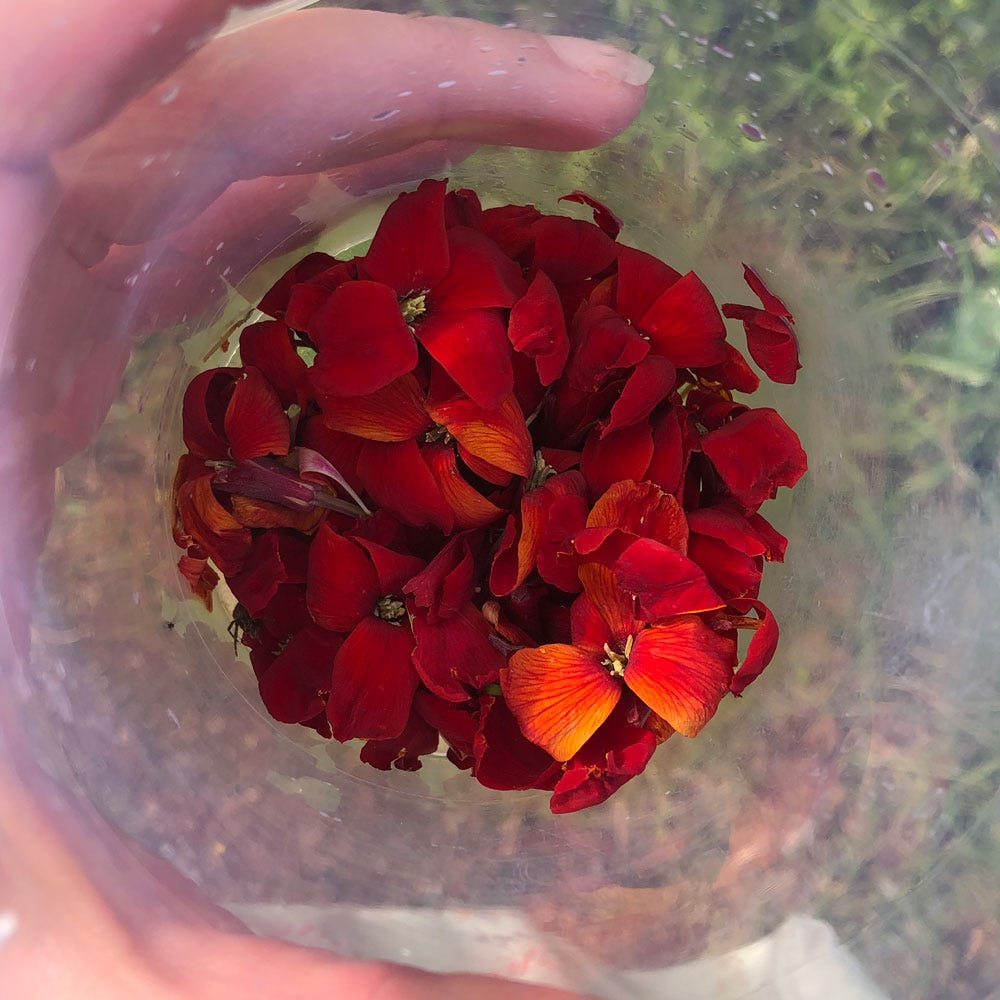
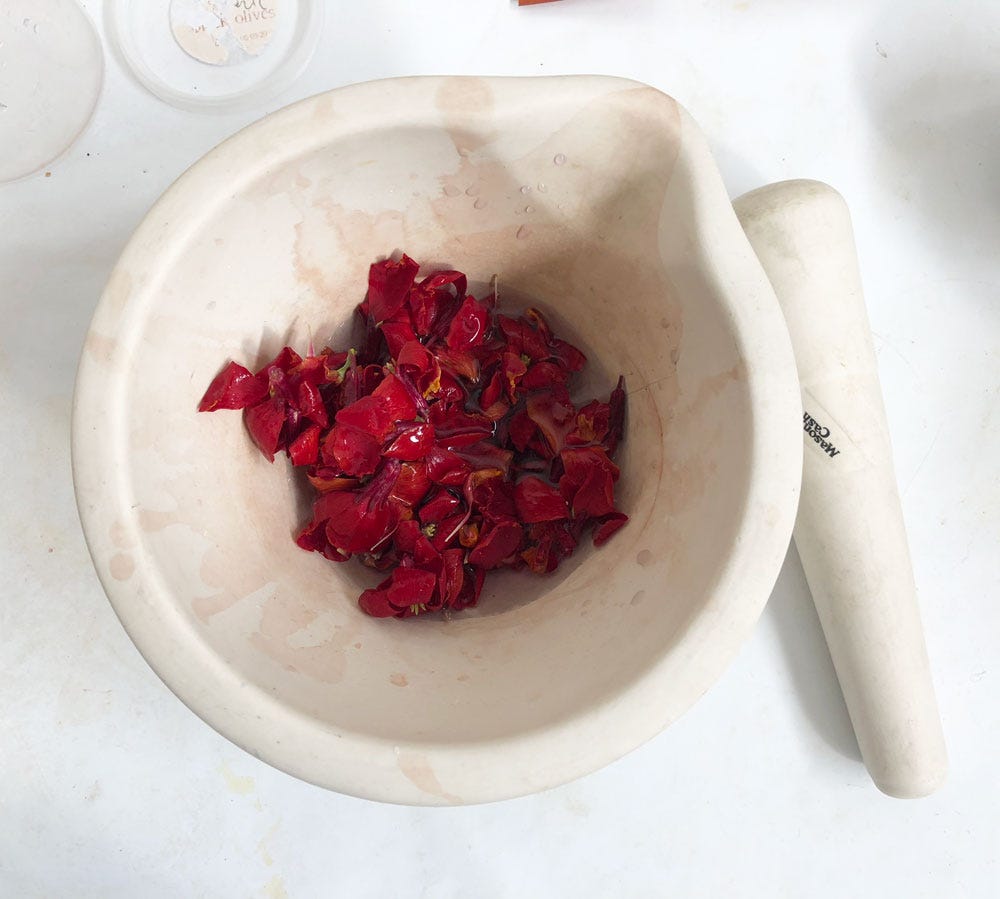
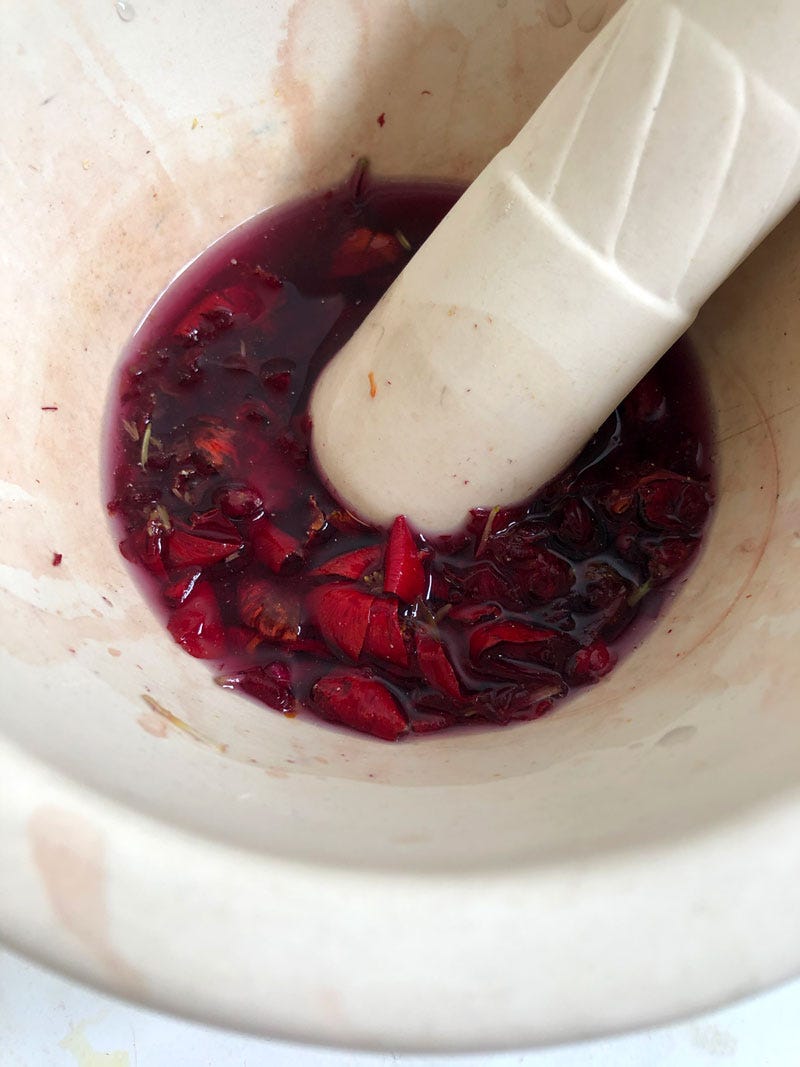
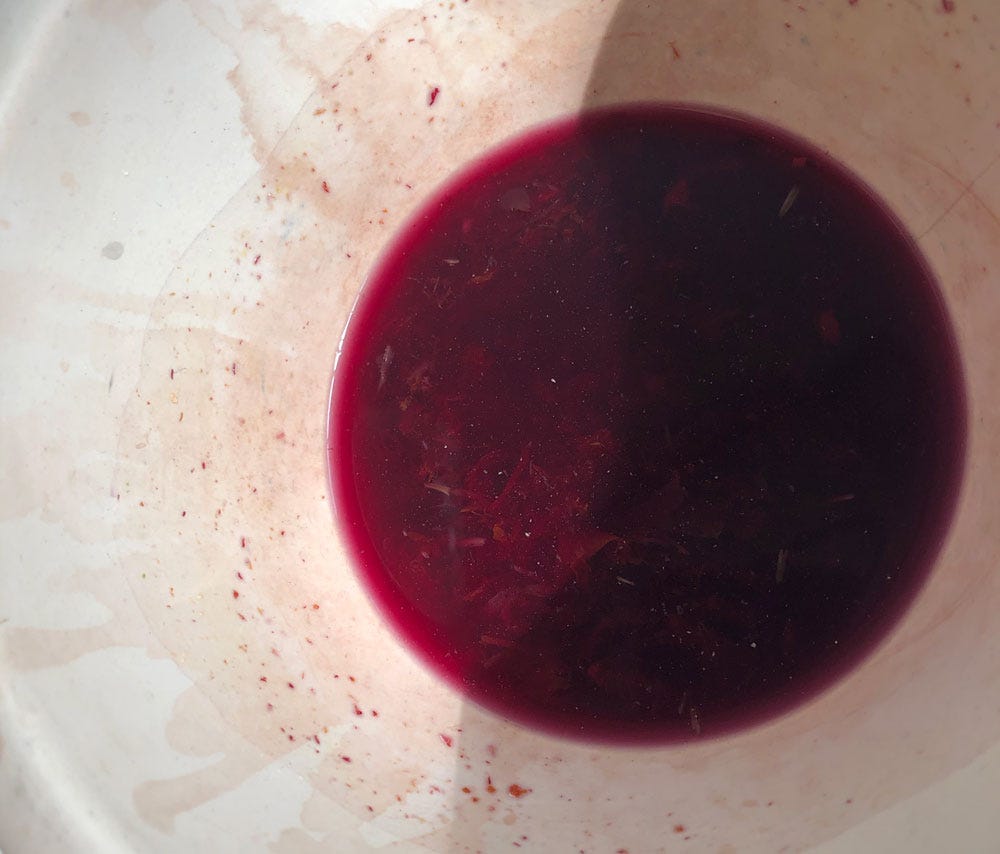
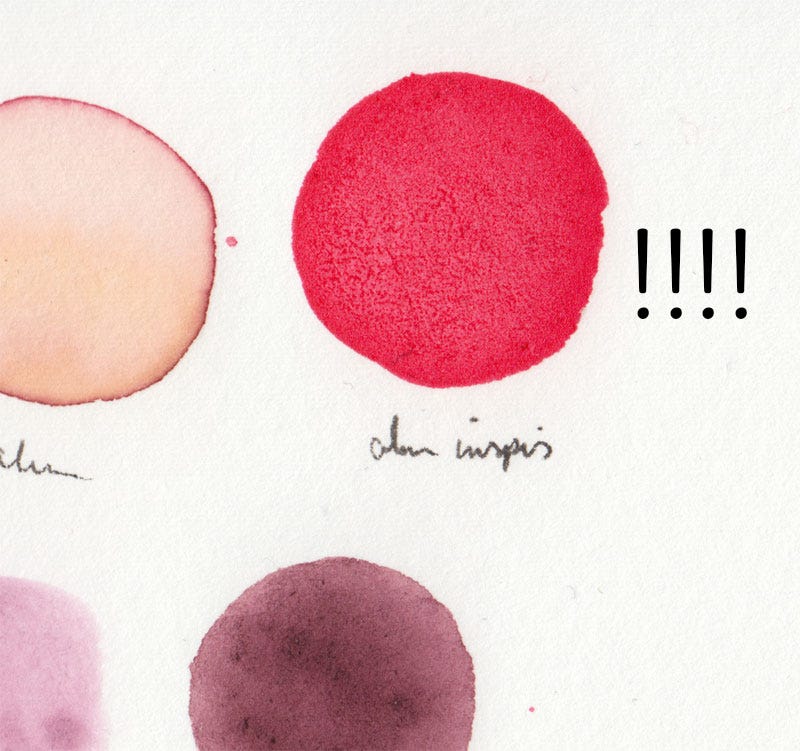
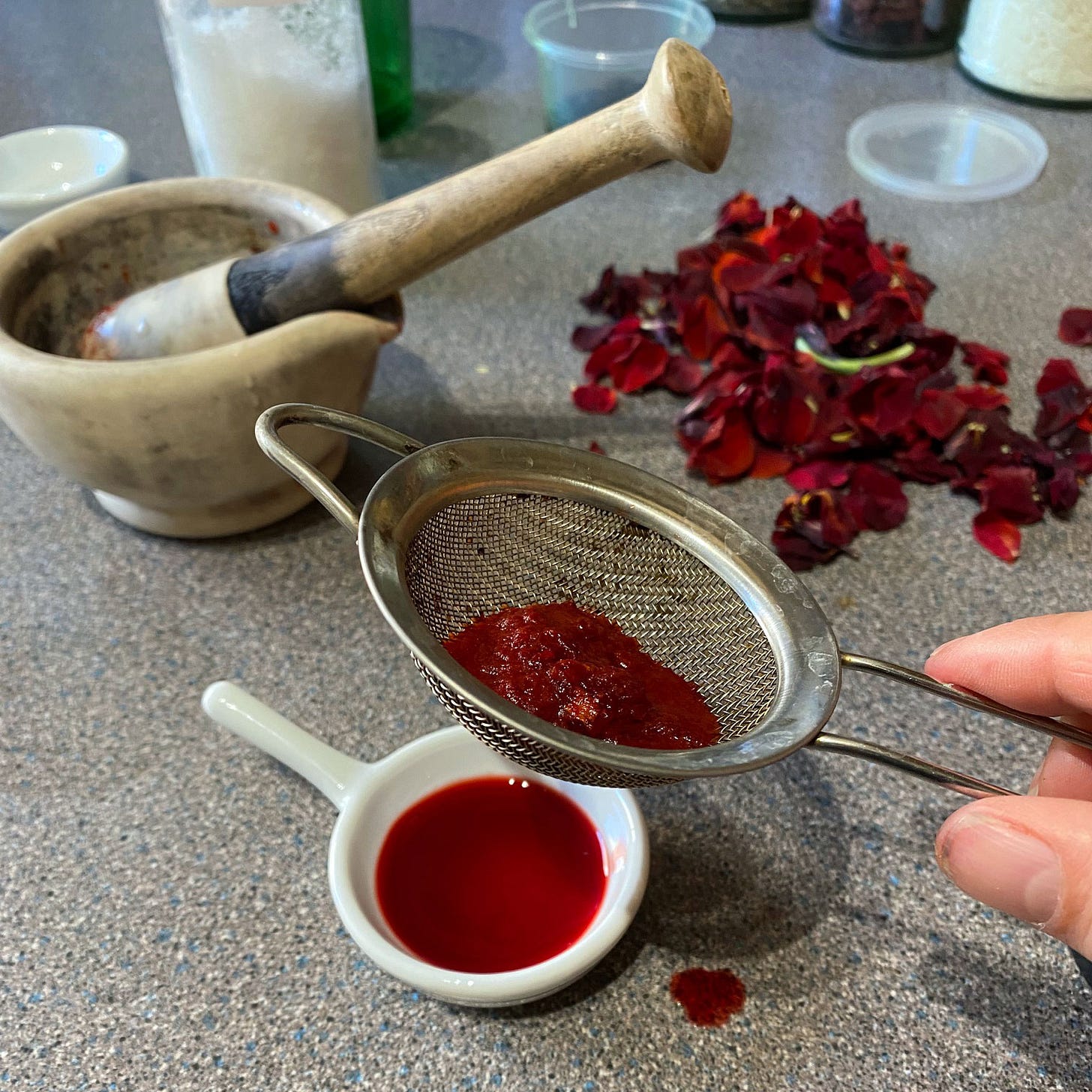
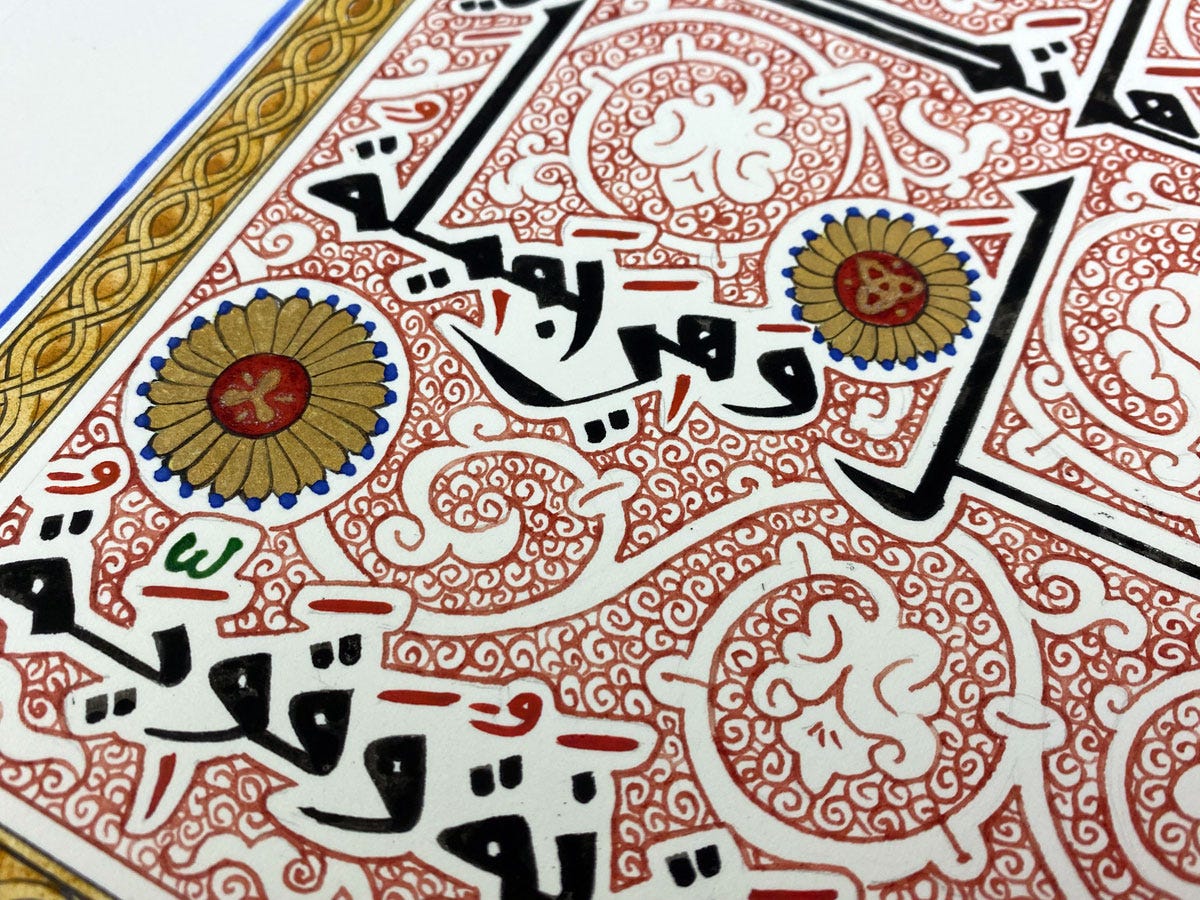
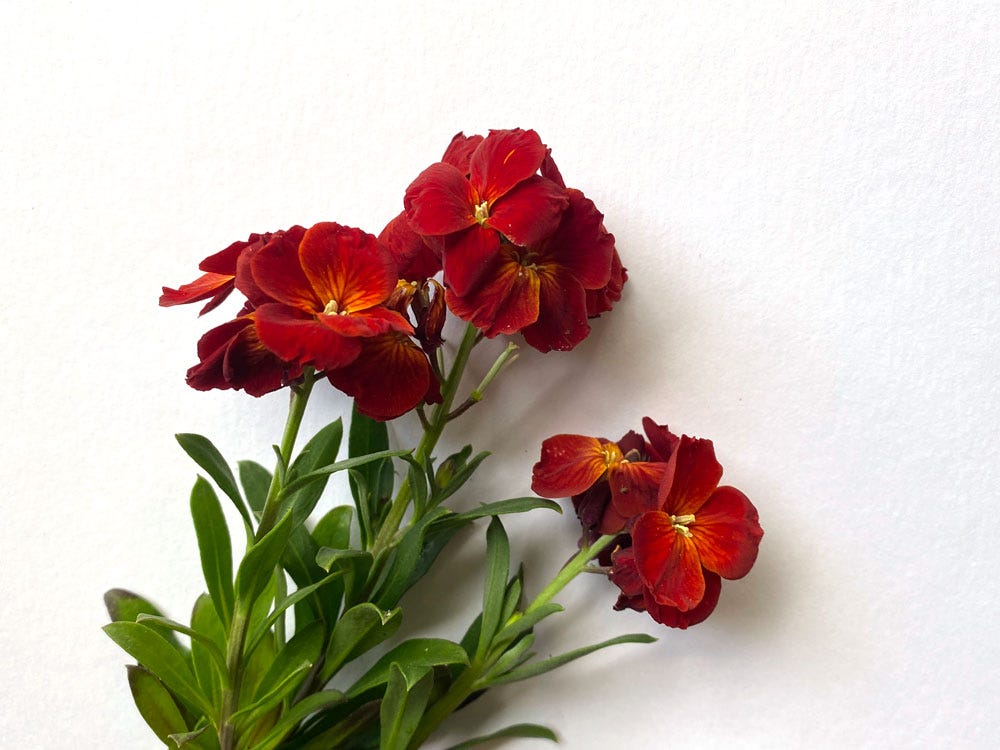
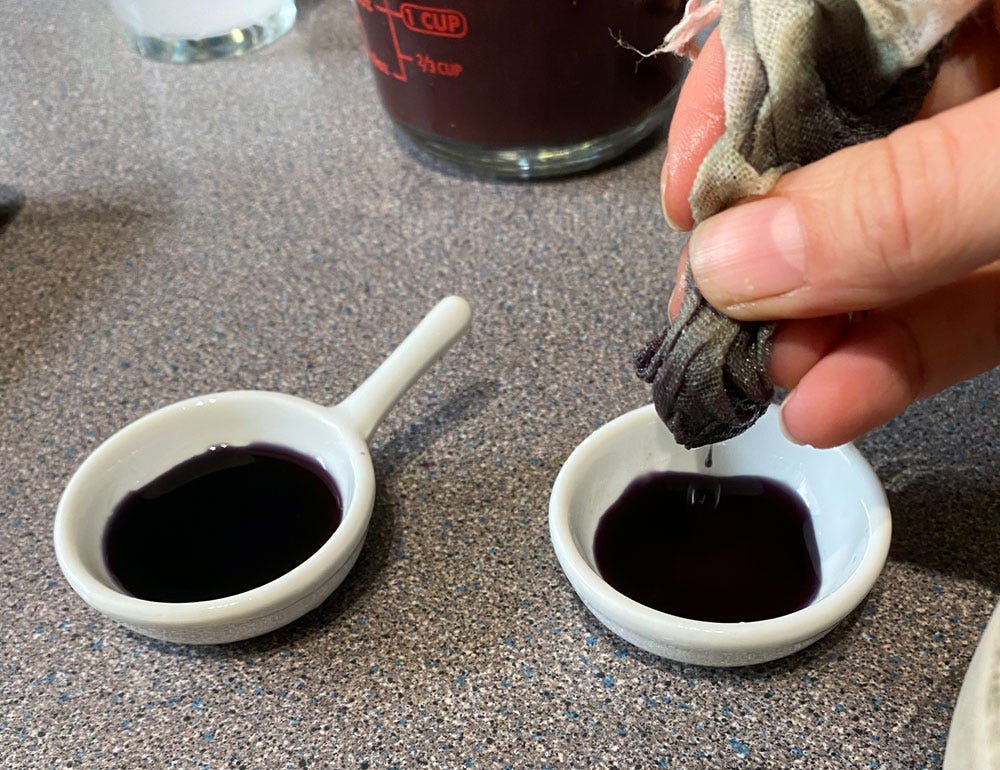
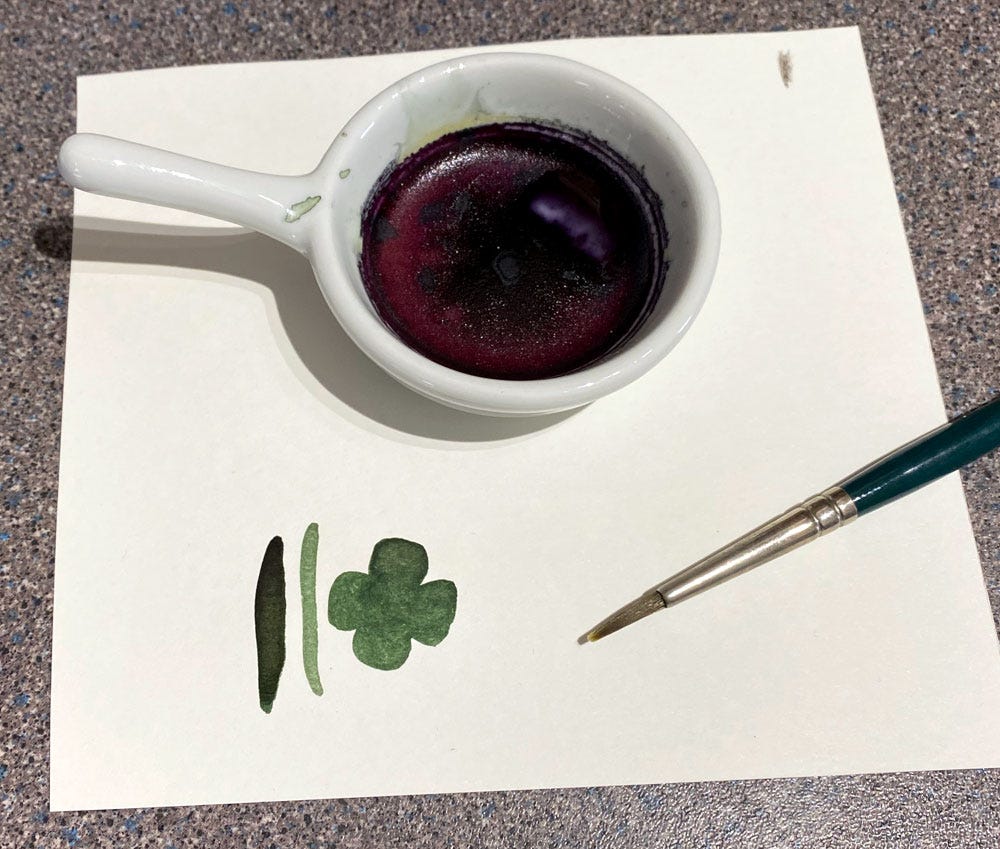
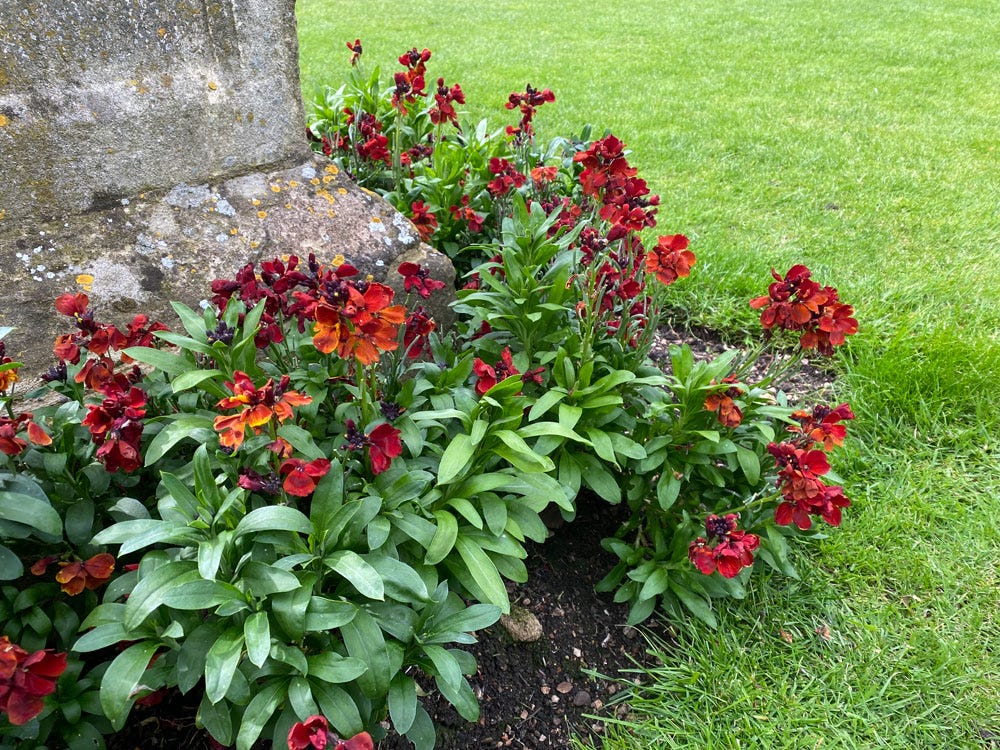

This is beautiful!
Gorgeous shades!